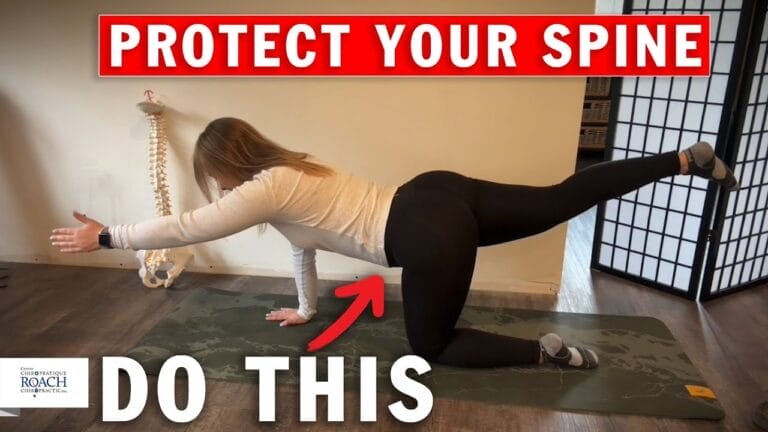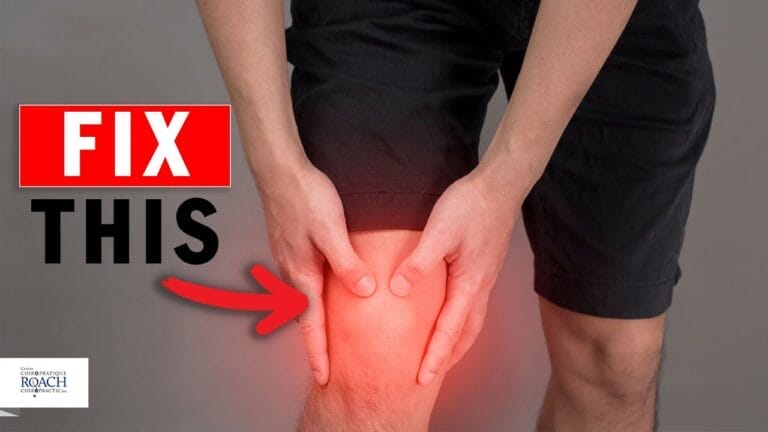Protect Your Posture! Your Health Will Thank You.

Overview
Posture plays a crucial role in overall health, affecting everything from spinal alignment to muscle function and even mental well-being. Poor posture can lead to chronic pain, reduced mobility, and increased risk of musculoskeletal disorders. With modern lifestyles increasingly centered around desk jobs and screen time, posture-related issues have become more prevalent than ever.
Posture Statistics: Canada vs. Worldwide
Understanding the scope of posture-related problems can help highlight the importance of corrective measures. Here are some key statistics:
- In Canada, 82.5% of adults do not meet physical activity guidelines, leading to prolonged sedentary behavior.
- A significant portion of Canadian workers spend 9.6 hours per day in sedentary positions, increasing the risk of posture-related health issues.
- Globally, studies indicate that over 60% of office workers experience posture-related discomfort, with back and neck pain being the most common complaints.
- Occupational standing and sitting patterns have been linked to increased risk of heart disease in Canada, emphasizing the need for ergonomic interventions.
How to Identify Posture Issues
Recognizing posture problems early can prevent long-term complications. Here are some common signs:
- Rounded shoulders – A forward-leaning posture often caused by excessive screen time.
- Forward head posture – The head juts forward, straining the neck and upper back.
- Lower back pain – Often linked to prolonged sitting or improper lumbar support.
- Uneven hips or shoulders – Can indicate muscular imbalances or spinal misalignment.
- Frequent headaches – Poor posture can lead to tension headaches due to neck strain.
Step-by-Step Guide for Preventative Measures
Taking proactive steps can significantly improve posture and overall health. Follow this guide:
1. Ergonomic Workspace Setup
- Adjust your chair so your feet rest flat on the floor.
- Keep your screen at eye level to prevent forward head posture.
- Use a lumbar support cushion to maintain spinal alignment.
2. Strengthening Exercises
- Core workouts (planks, bridges) help stabilize the spine.
- Upper back exercises (rows, shoulder blade squeezes) improve posture.
- Stretching routines (yoga, mobility drills) enhance flexibility.
3. Posture Awareness
- Set reminders to sit upright and avoid slouching.
- Practice chin tucks to correct forward head posture.
- Engage in standing breaks every 30 minutes to reduce sedentary time.
4. Chiropractic Care
- Regular chiropractic adjustments can correct spinal misalignments.
- Chiropractors provide personalized posture assessments and corrective strategies.
- Manual therapy can reduce tension and improve mobility.
We see posture-related issues at our clinic, every day!
Bad Posture is sucking the energy out of your life.
Take our word for it.
Watch This!
How Technology Impacts Posture
In today’s digital era, posture issues have become increasingly tied to technology use. Here’s how common habits can affect spinal health:
- Text Neck: Constantly looking down at smartphones strains the neck and upper spine.
- Slouched Sitting: Long hours at a desk without proper ergonomic support can lead to hunching.
- Screen Proximity: Sitting too close to screens encourages forward head posture, causing muscle strain.
Tips for Tech-Related Posture Correction
To reduce posture-related problems caused by technology, consider these strategies:
- Monitor Positioning: Keep your screen at eye level to reduce forward neck tilt.
- Frequent Breaks: Follow the 20-20-20 rule – every 20 minutes, look 20 feet away for 20 seconds.
- Standing Desk: If possible, alternate between sitting and standing throughout the day.
- Proper Smartphone Usage: Hold devices at eye level rather than looking down for extended periods.
Posture Correction Tools & Resources
Incorporating posture-supporting tools into daily routines can make a significant difference in alignment and comfort. Here are some recommended aids for better posture:
1. Ergonomic Chairs & Cushions
- Adjustable lumbar support: Helps maintain a neutral spine curve.
- Memory foam cushions: Provide comfort and encourage upright sitting posture.
2. Wearable Posture Correctors
- Posture braces: Remind you to sit and stand with correct alignment.
- Smart posture trackers: Devices that vibrate when slouching occurs.
3. Standing Desk Converters
- Height-adjustable desks: Allow smooth transitions between sitting and standing.
- Footrests: Help distribute weight evenly and encourage better posture.
Trusted Sources for Further Reading
For more insights on posture and musculoskeletal health, check out these resources:
- Public Health Agency of Canada – Guidelines on physical activity and sedentary behavior.
- Statistics Canada – Research on occupational posture trends.
- American Journal of Epidemiology – Study on posture-related health risks.
It’s time to proactively ponder your posture.
Posture plays an integral role in overall health and well-being, and small adjustments in daily habits can have lasting benefits. Whether it’s incorporating ergonomic furniture, practicing awareness techniques, or seeking chiropractic care, prioritizing posture can lead to improved mobility and reduced discomfort.
SHARE THIS





